The Lares and Penates: On Building a Sense of Security in Architecture exhibition presented at the Polish Pavilion as part of the 19th International Architecture Exhibition in Venice ties in to the tradition of approaching architecture as shelter from dangers, including the elements, disasters and wars. The creators of the design investigate if architecture has the tools to build a safe reality. To this end, they summon up technical and culturally-rooted practices, providing people with a sense of agency against threats. The exhibition has been assembled by an interdisciplinary team: architect Maciej Siuda, artists Krzysztof Maniak and Katarzyna Przezwańska, and historian of architecture Aleksandra Kędziorek.
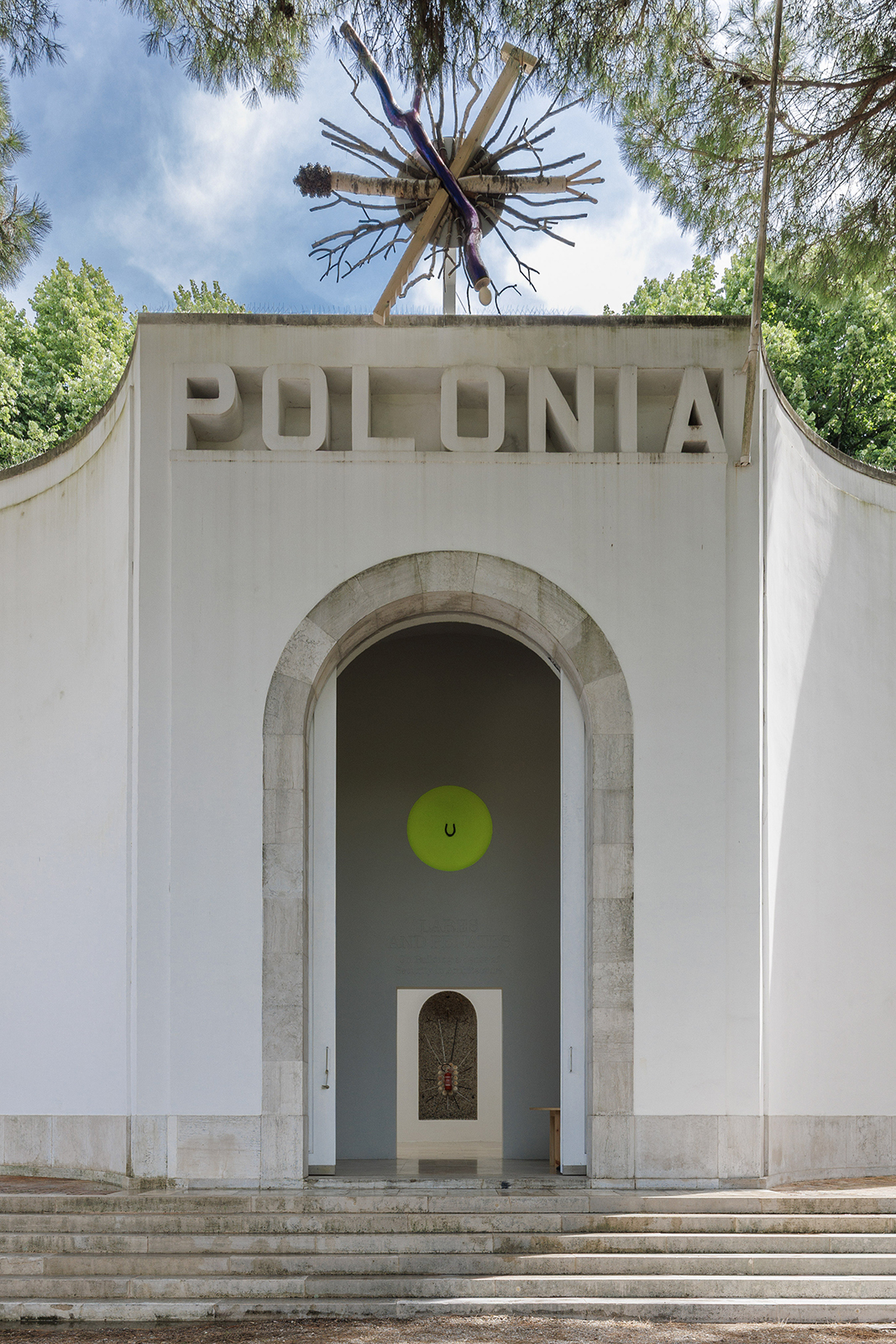

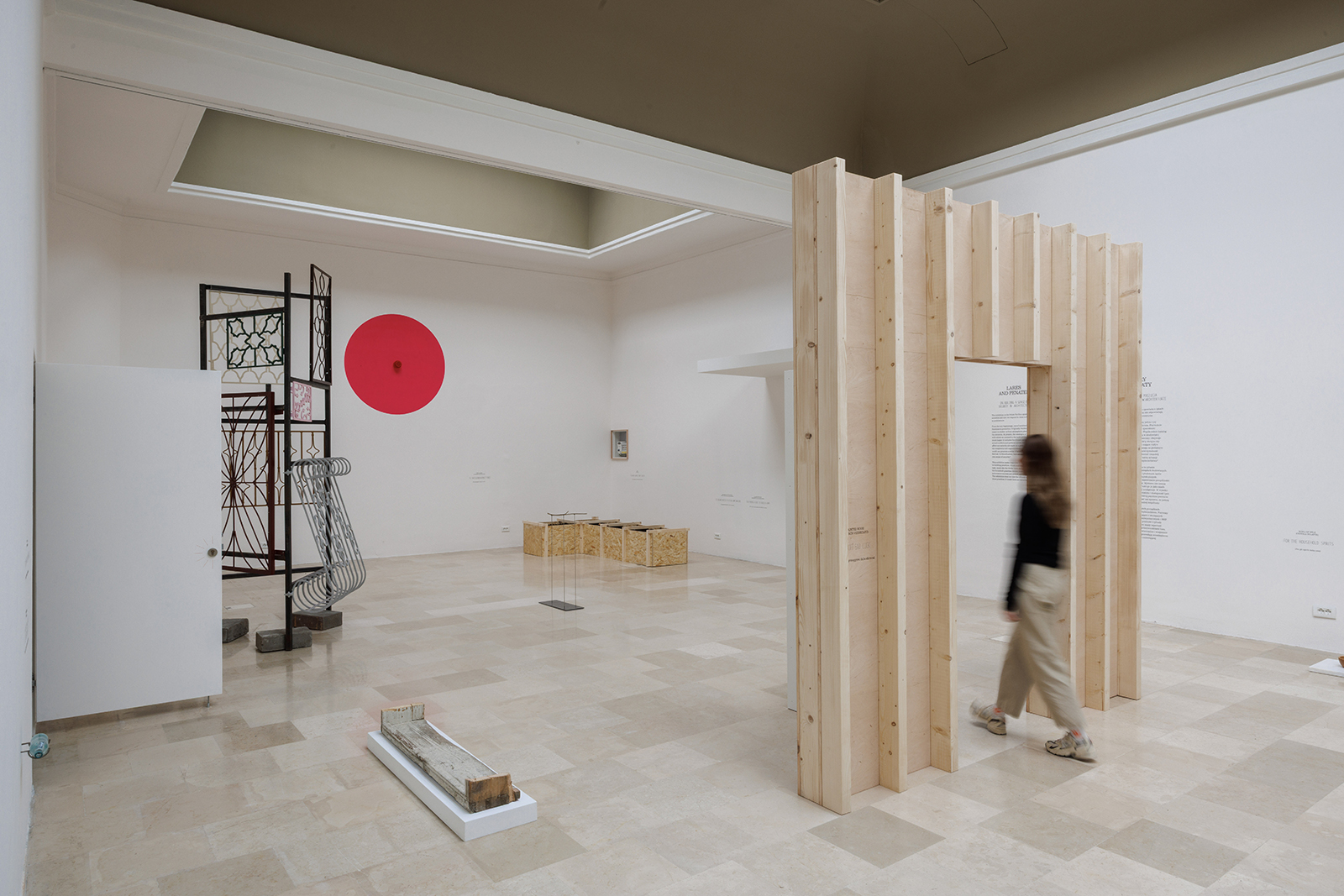

Since its very beginnings, one of architecture’s basic functions has been defence. The set of anxieties plaguing its inhabitants have evolved ―people still seek shelter from weather conditions or the elements, and at present they are also dealing with the results of climate change, war or the prospect of mass migration. Can architecture’s tools protect us from the adversities fate throws at us?

What practices tied to building and use of structures can we implement to secure a sense of safety?
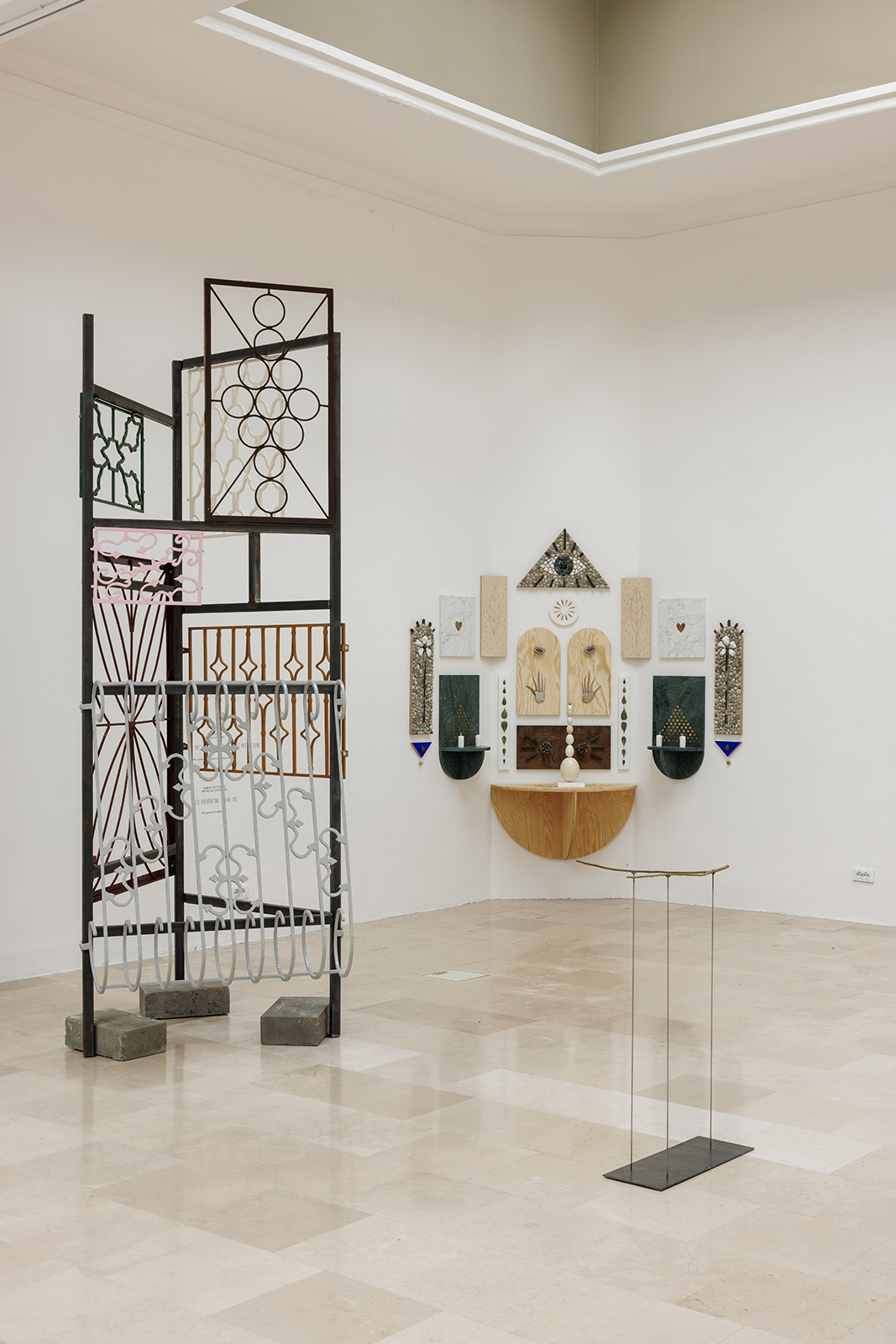
The Lares and Penates: On Building a Sense of Security in Architecture exhibition seeks answers to these question in the superstitions and building practices cultivated to this day.
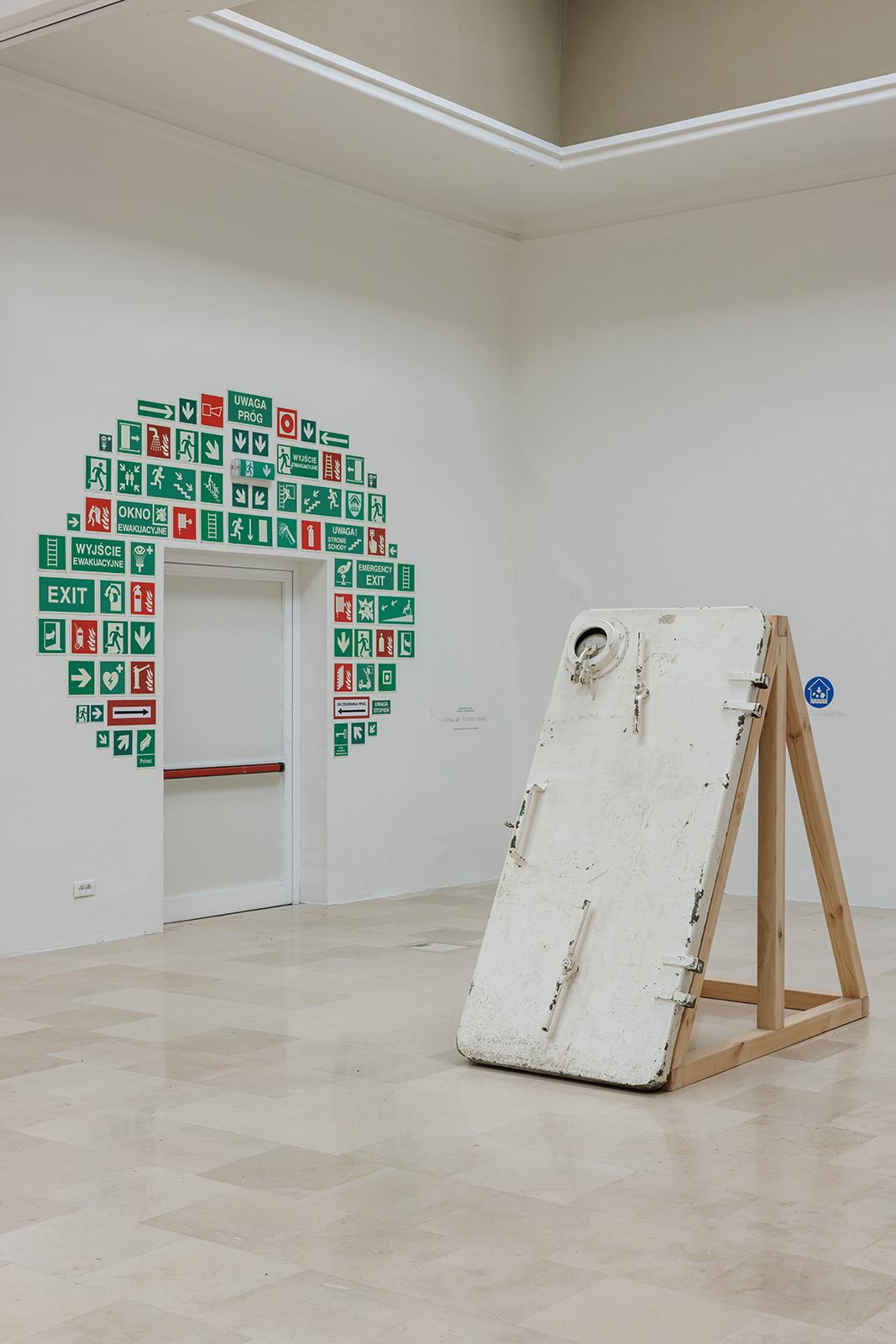

‘Lares and Penates are deities that kept watch over the homestead in Ancient Rome’, says exhibition cocreator Aleksandra Kędziorek. ‘They are recalled as a guarantor of household security in many languages, and so ― much like Biennale Architettura 2025 curator Carlo Ratti with the word intelligens, which is the main theme of this year’s exhibition ― we draw from them as a universal code of sorts, derived from ancient tradition.’

The concept of the project is based on two constructs: security guaranteed by regulations and a sense of safety ensured by the practice of certain rituals.

The first includes solutions from construction, fire, and work and safety hygiene codes. At the exhibition, this is represented by objects already found in the Polish Pavilion, such as a fire extinguisher, a lock on the entrance, emergency exits and alarm systems.



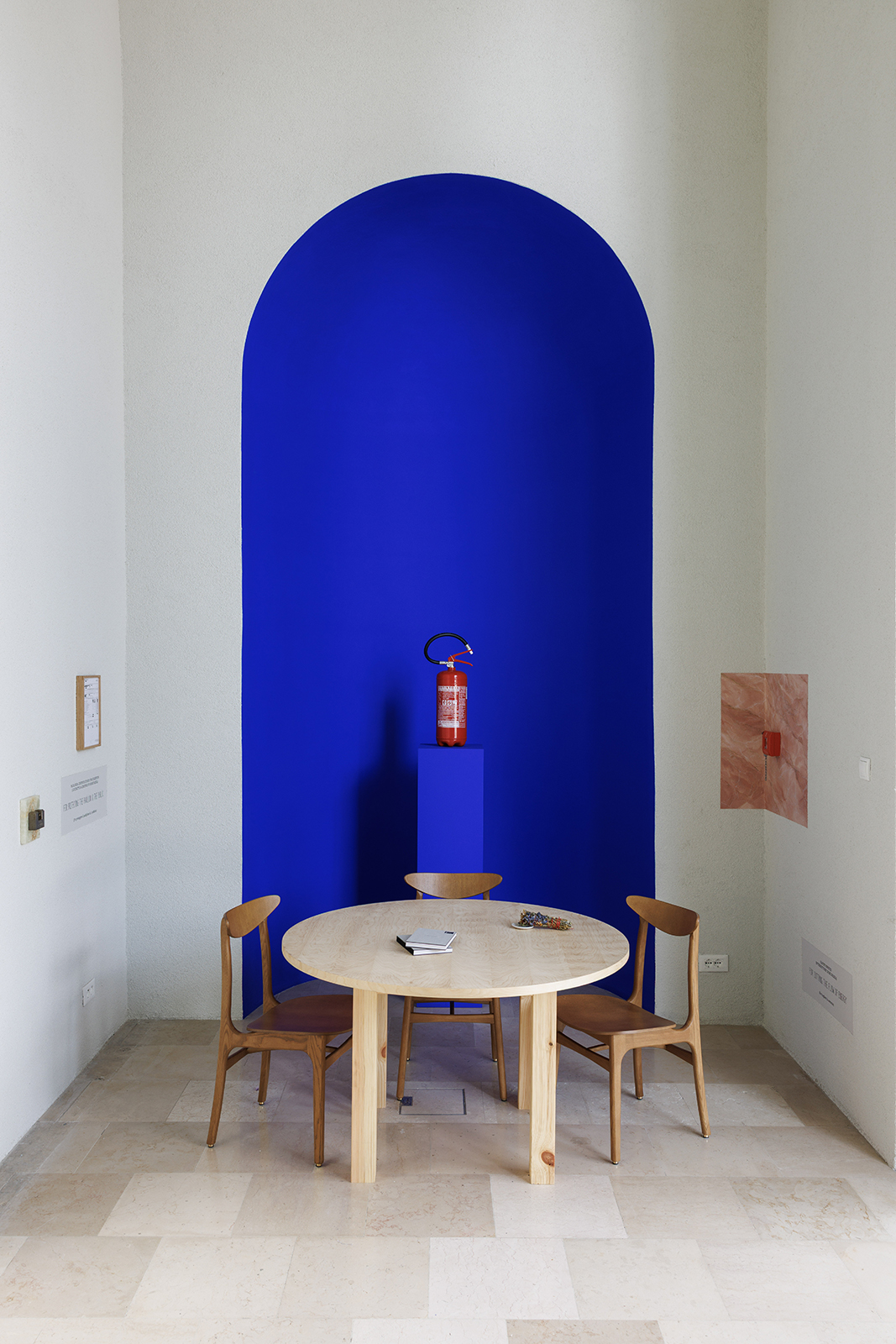
The second construct pertains to architecture-related practices and rituals in Poland. These include the wiecha ―a wreath hung on a building during its construction to ensure its continuing good fortune, a horseshoe over the doorway of a house to bring good luck to its inhabitants, and the blessed candle, which protects a household during a storm.

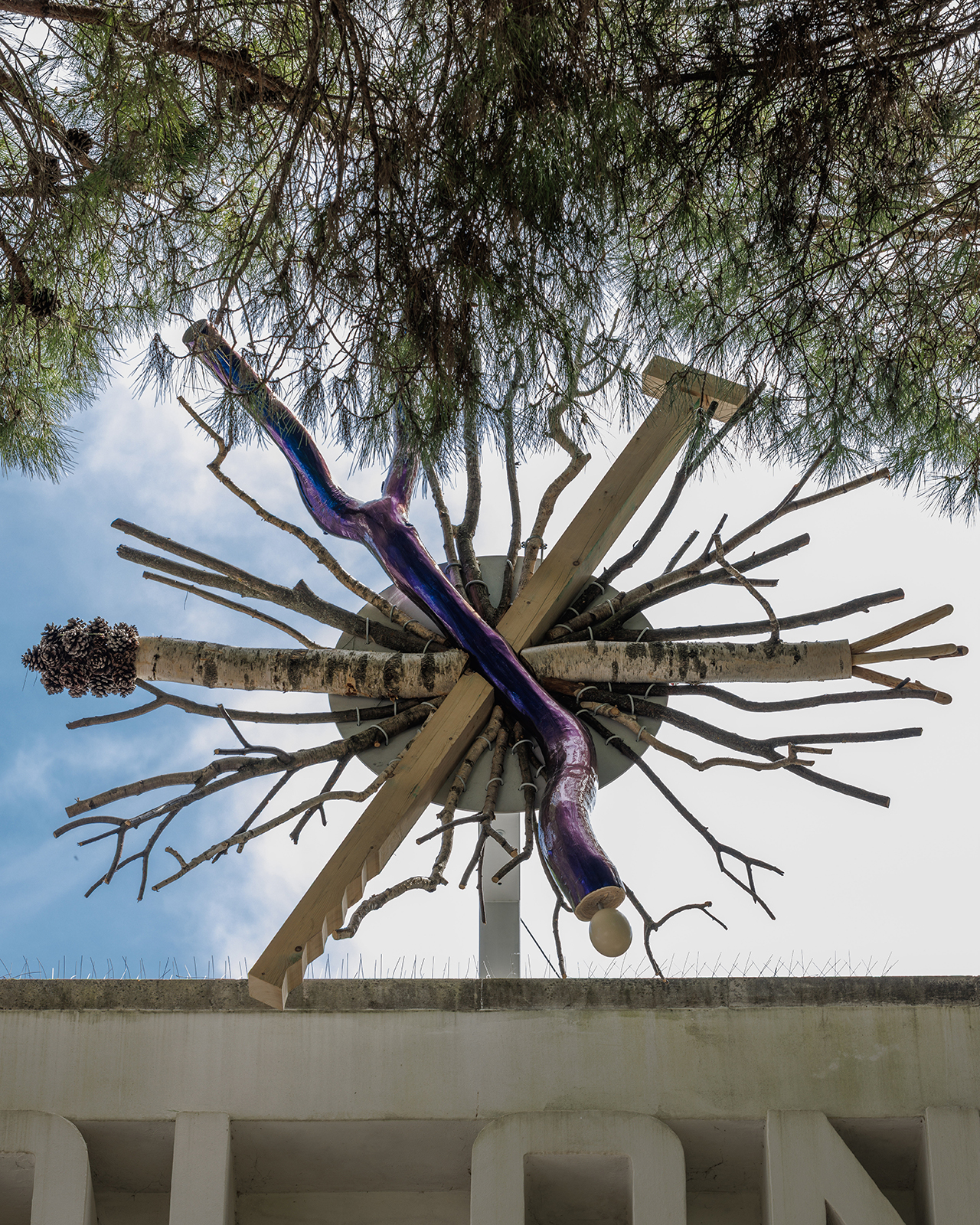
The exhibition arrangement covers the space of the pavilion and its facade. The objects representing old rituals and practices were designed, created or found by members of the curatorial/art team.
In preparing the exhibition, the collective work of the team played an important part, breaking down the traditional division of roles.
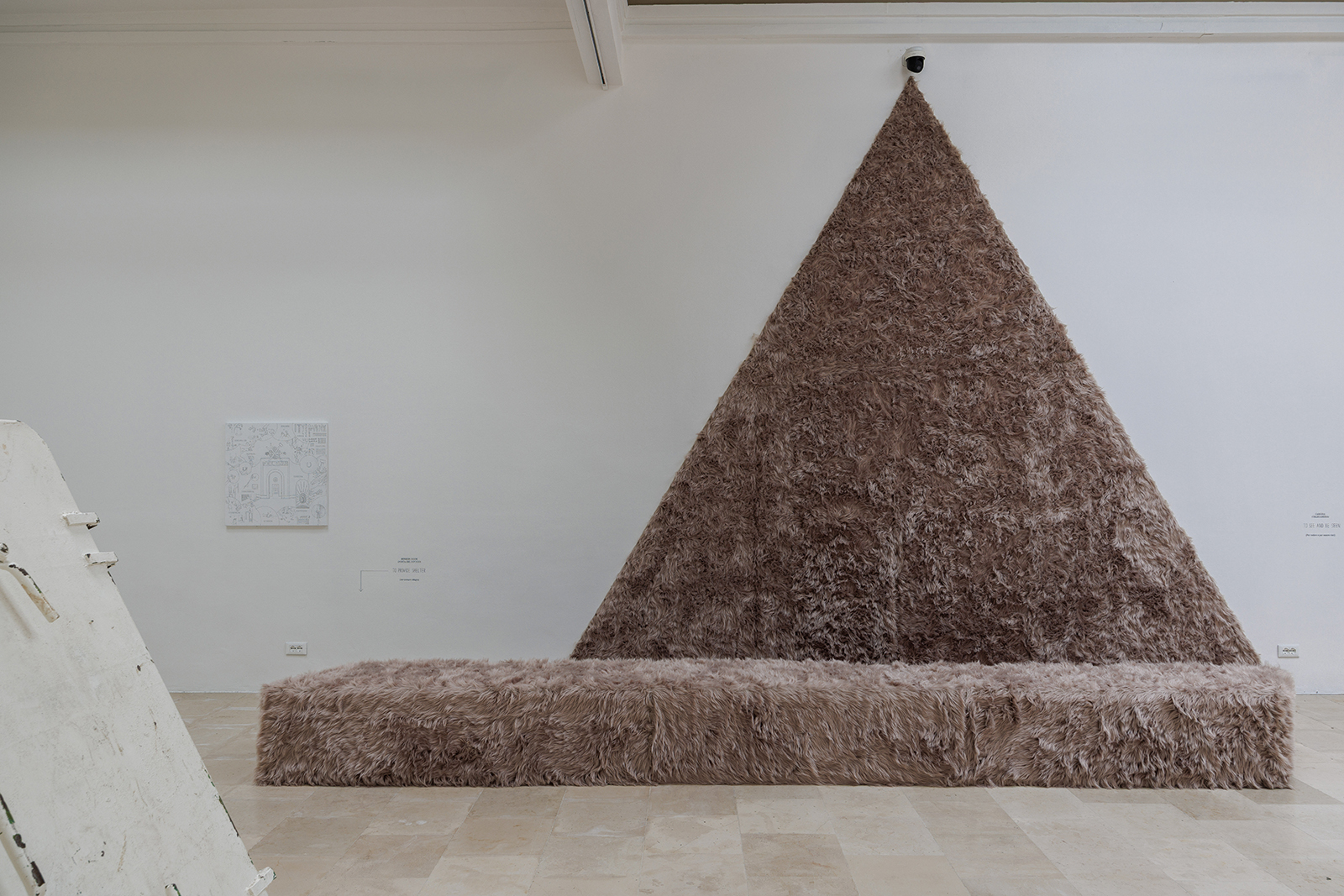
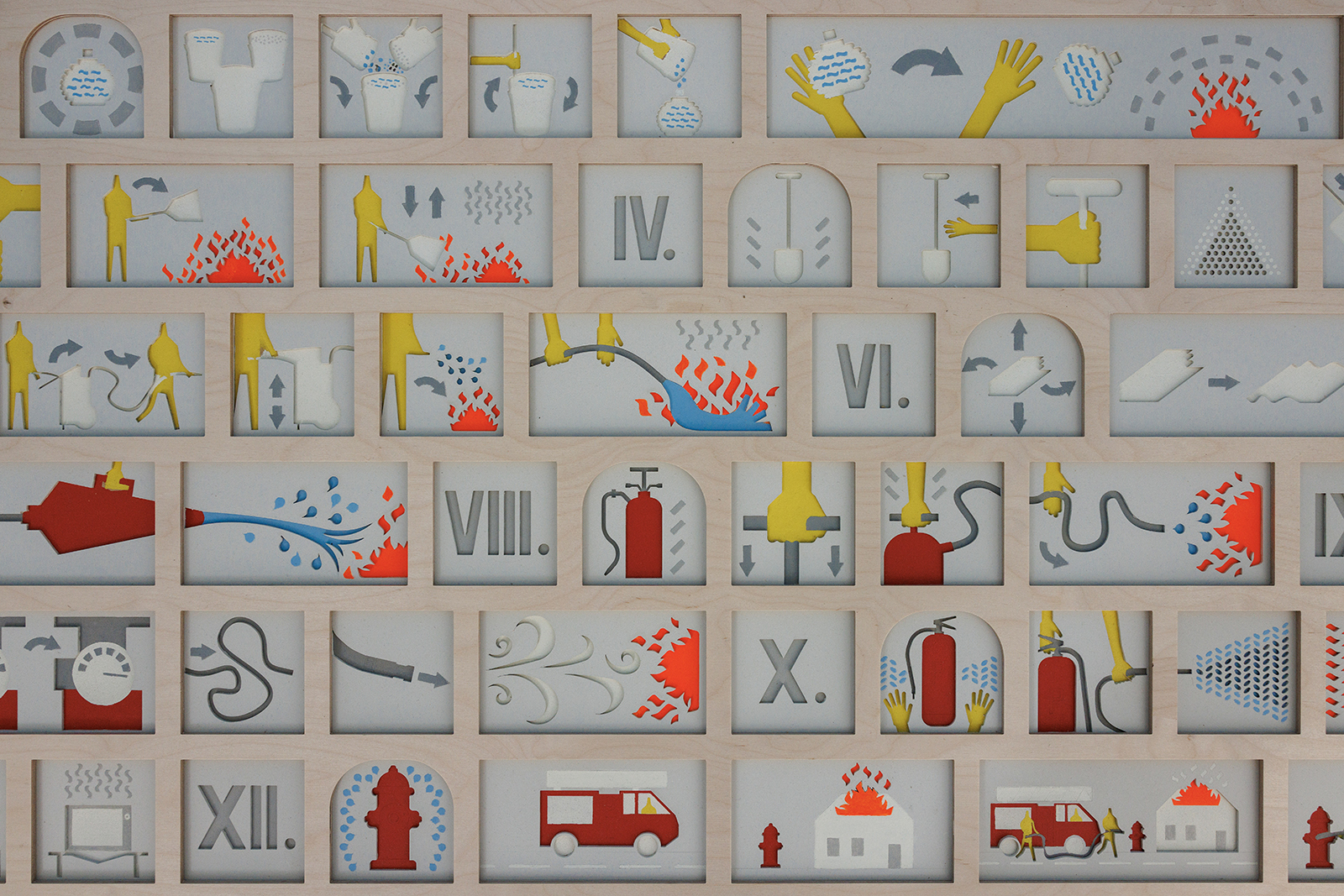
The exhibition shows that the boundary between what is rational and legally sanctioned and what has an emotional aspect and addresses people’s psychological needs is not so clear as we might think ― these two constructs sometimes permeate one another and merge.
It gives us a look at activities whereby users of architecture express their anxieties, whether rational or barely conscious. It provides a humanist look at architecture that uses tools from various walks of art.
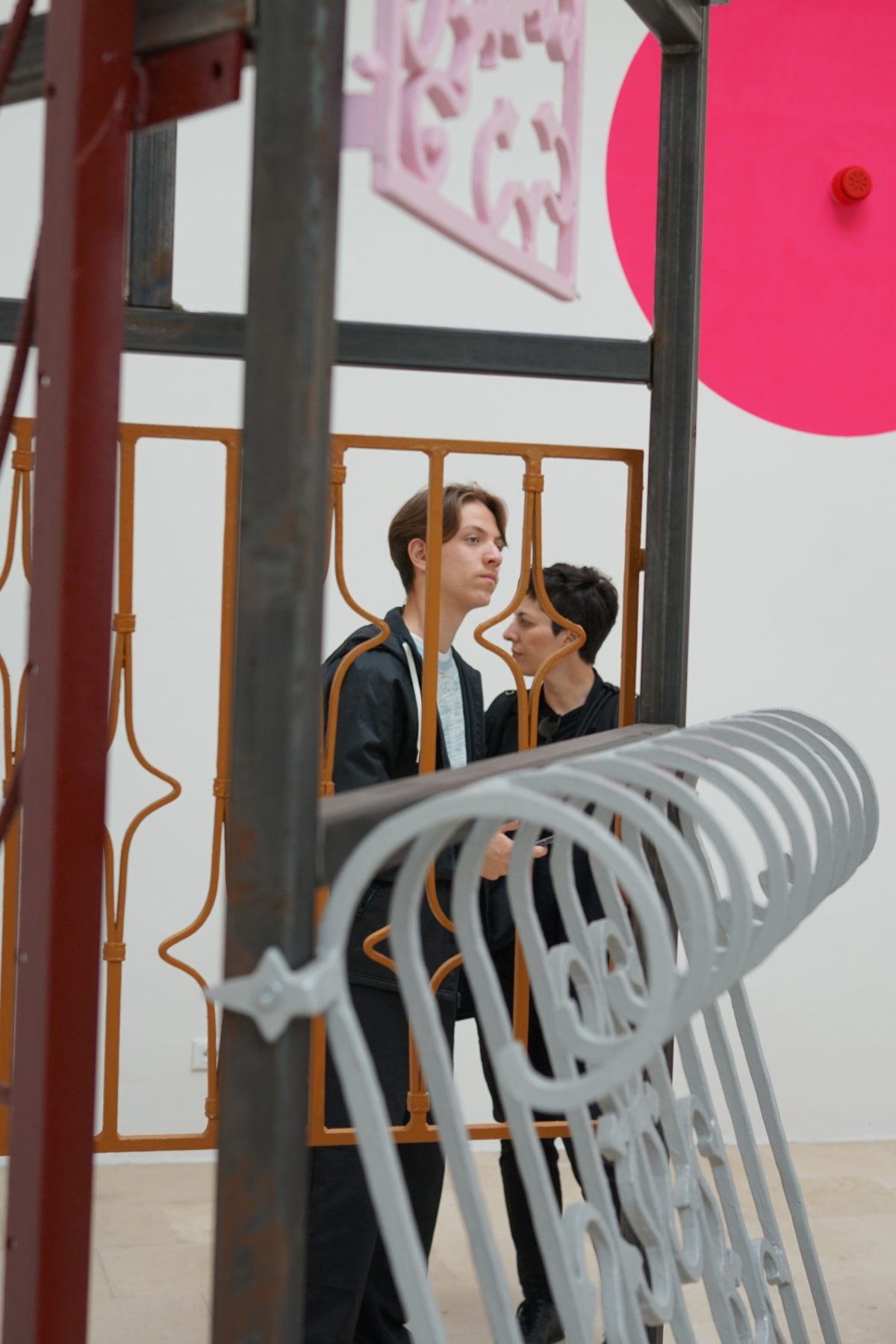
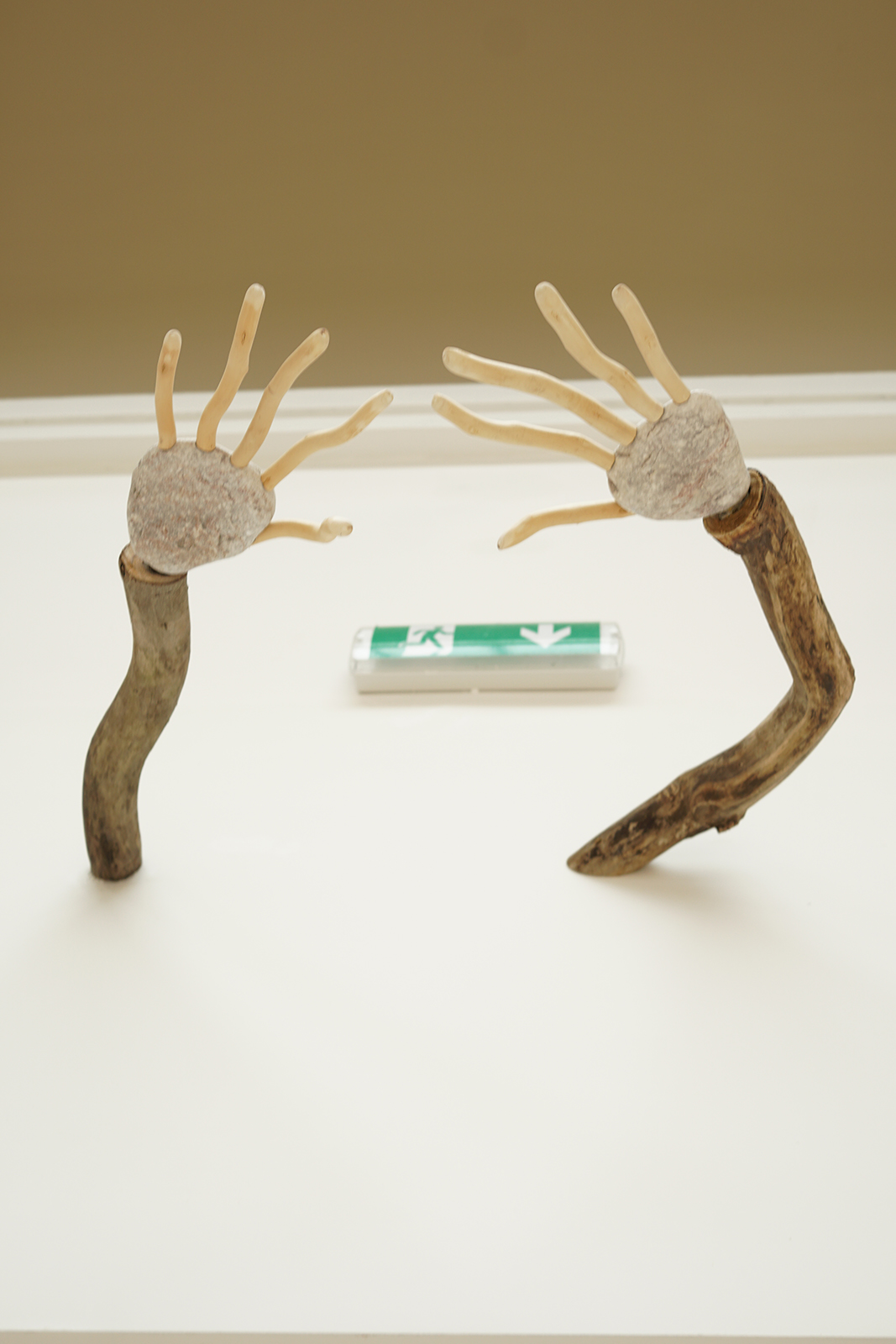
Read more about this year’s 19th Venice Architecture Biennale here!
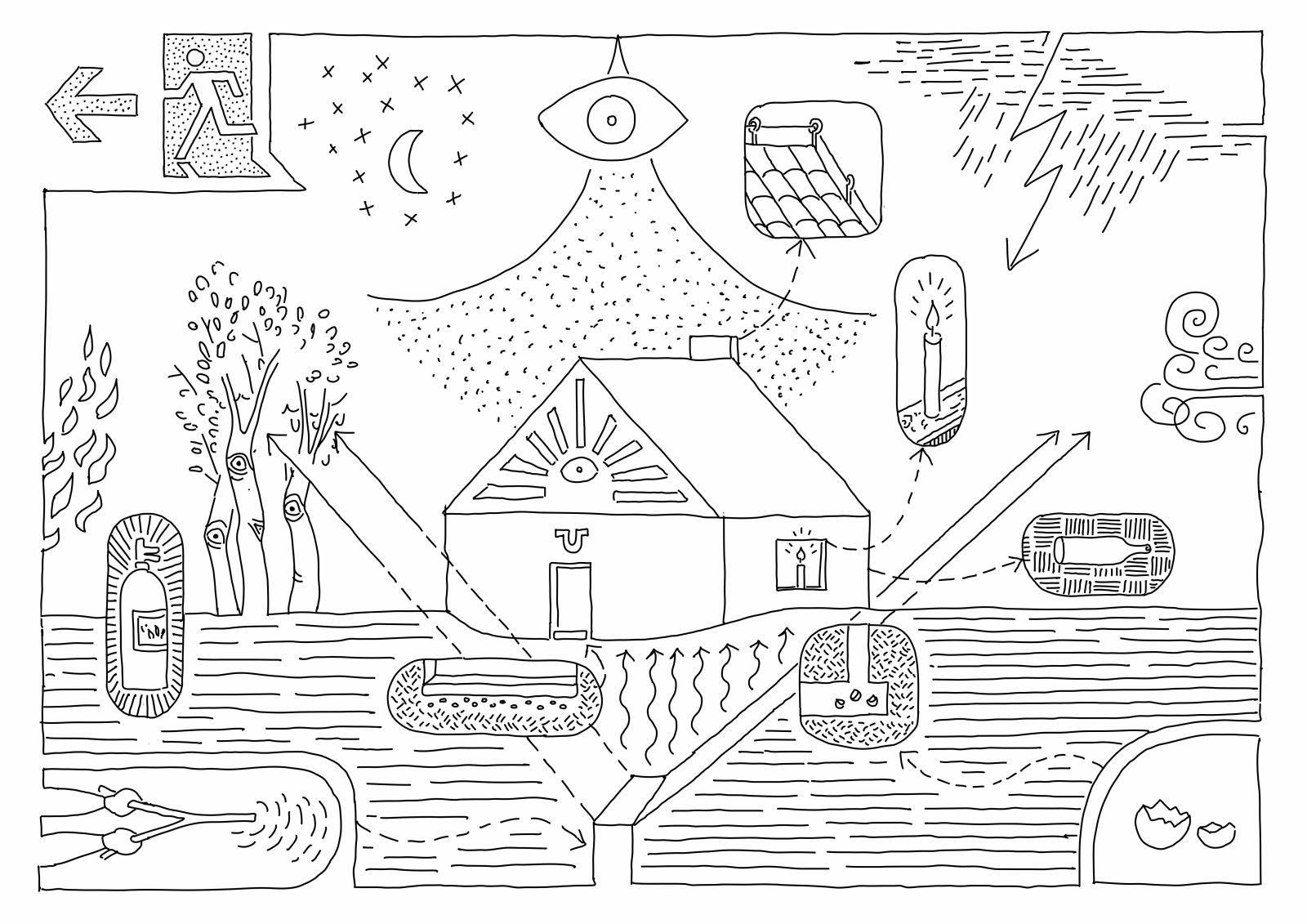
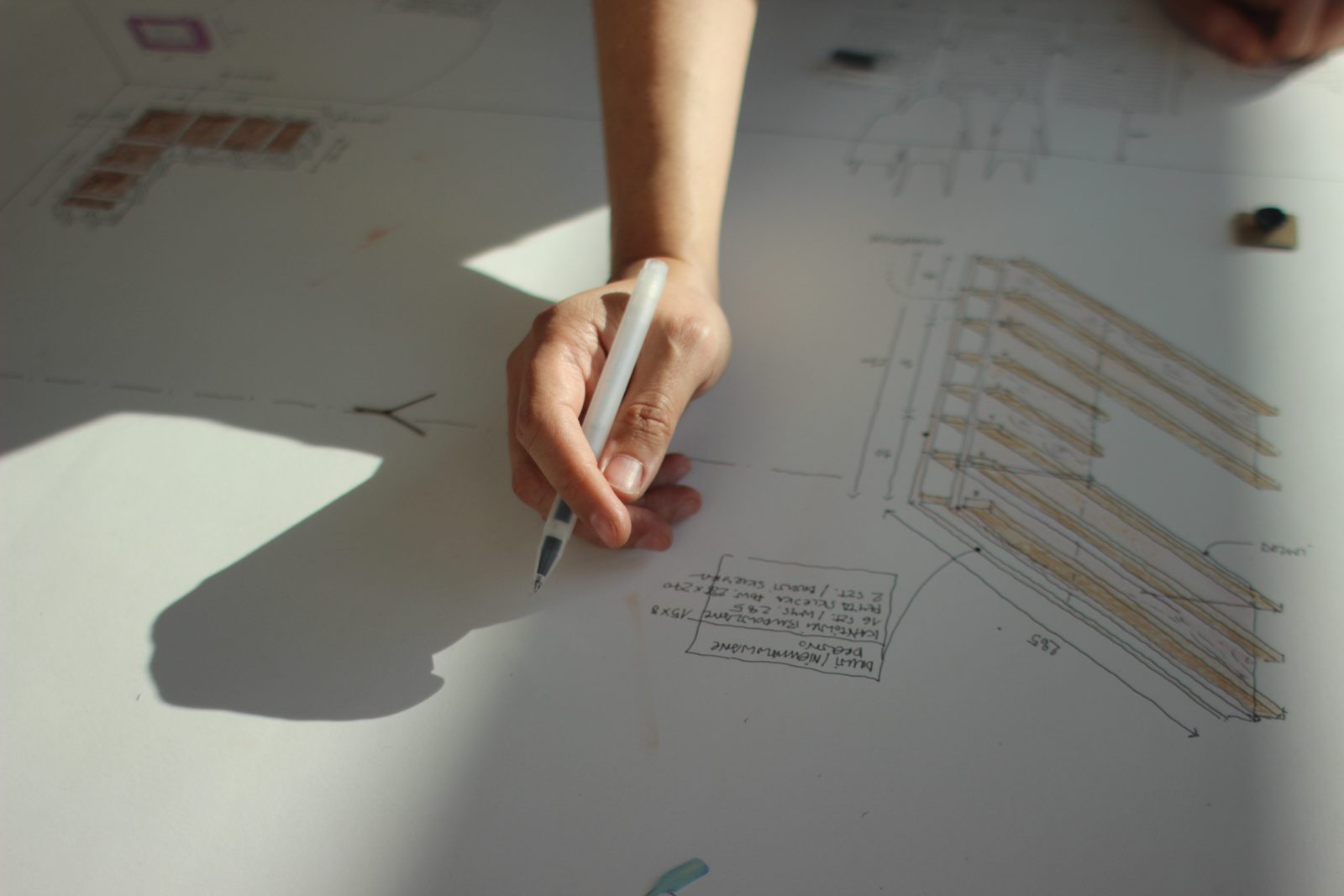
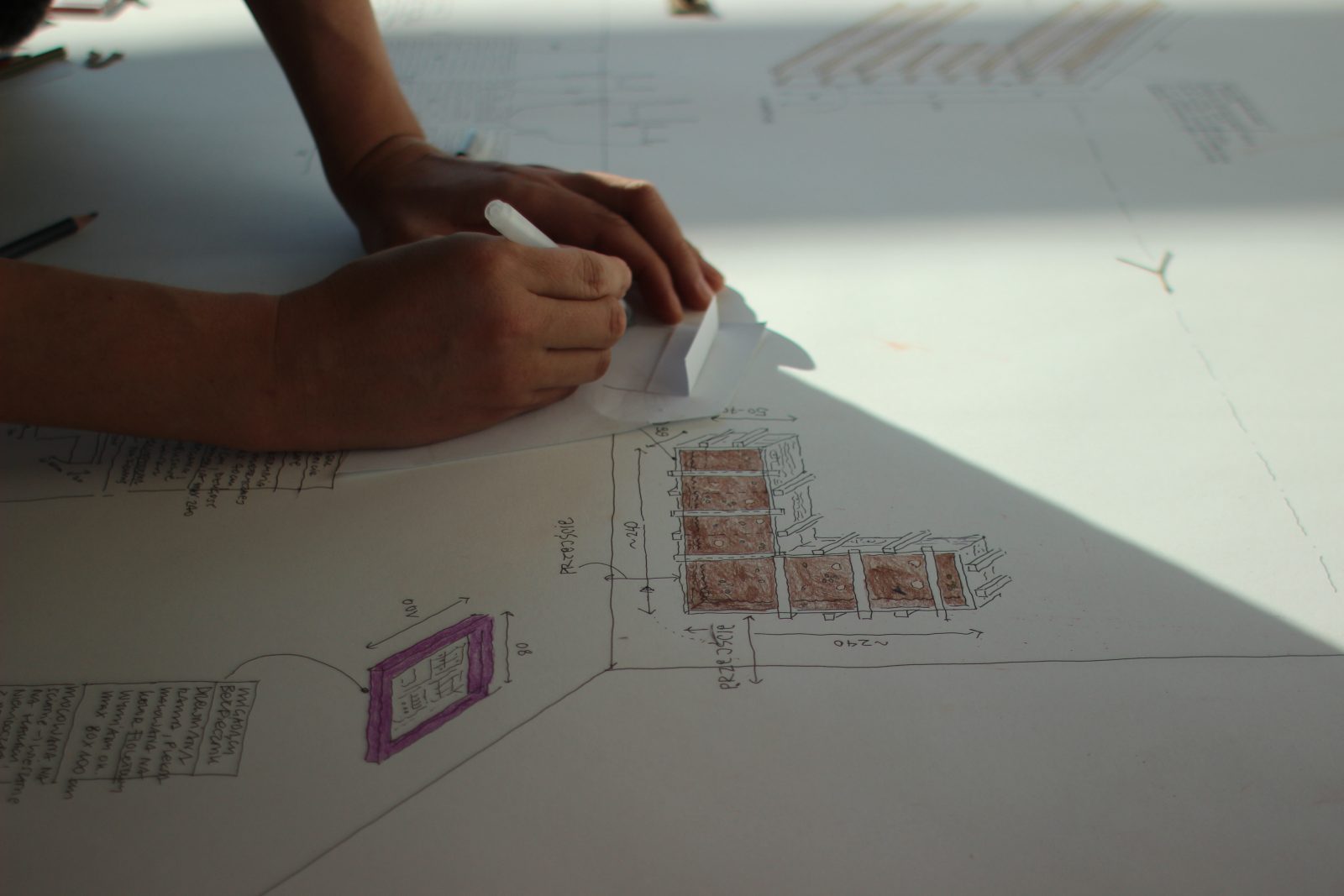
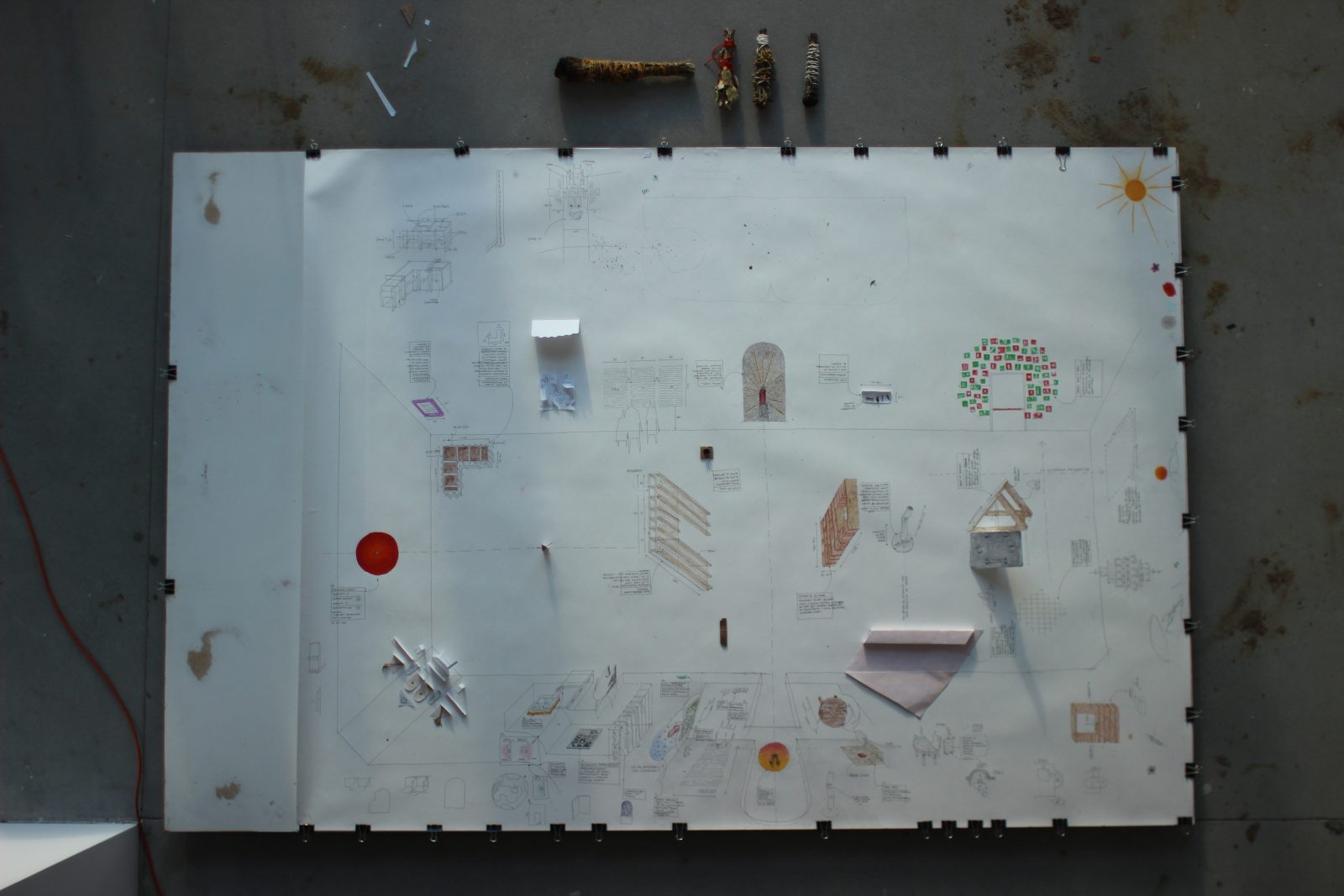

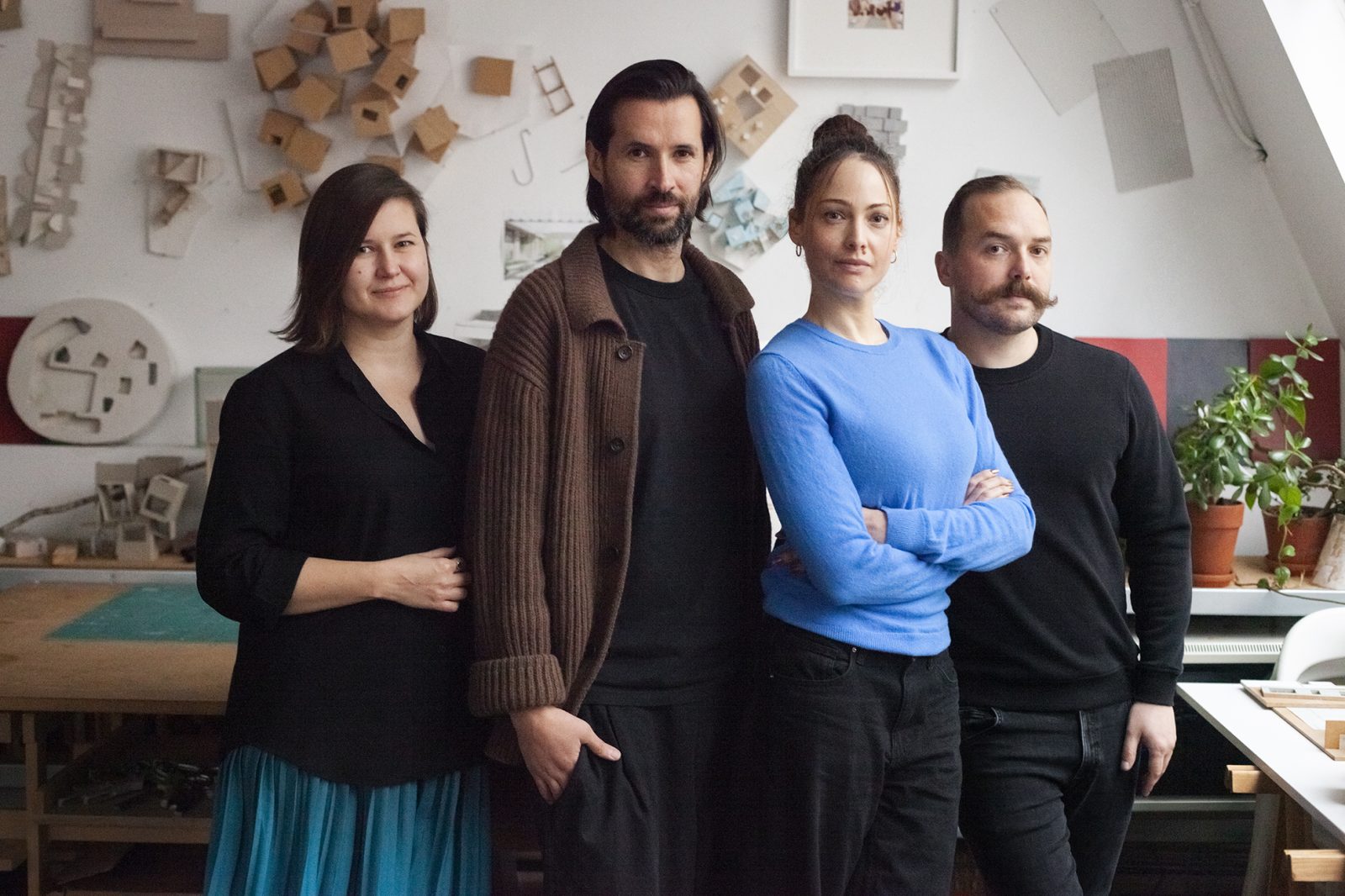
Aleksandra Kędziorek
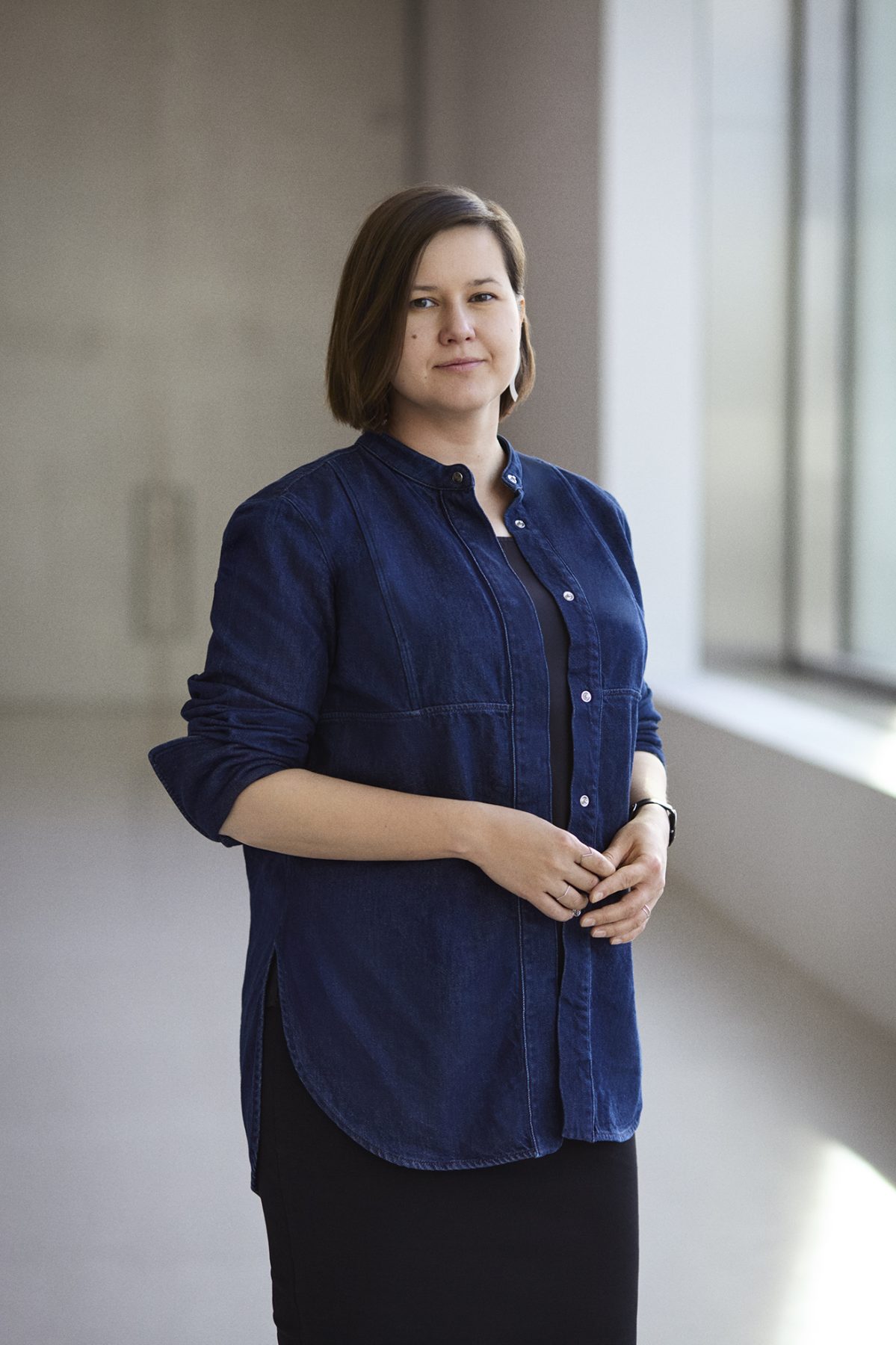
(b. 1987) ― an art historian, curator, editor, graduate of the Art History Institute at the University of Warsaw and CuratorLab at Konstfack University of Arts, Crafts and Design in Stockholm, her work sits between architecture, design and visual arts, both for institutions and independently. In her curatorial practice she tries to take into account historically-conditioned and thought-provoking contexts. She uses her research strategies to seek inspiration and creative responses in the past for the challenges of the present. Most recently the focus of her interest was the use of textiles in interiors before the spread of electricity (the Clothed Home exhibition, created with Alicja Bielawska and Centrala for the London Design Biennale, 2021) and the role of water plants in modernist architecture (Centrala’s Nenúfars blancs art intervention at the Mies van der Rohe Pavilion in Barcelona, 2022). Before that, she coordinated an international research and exhibition project on Oskar and Zofia Hansen at the Museum of Modern Art in Warsaw and tended to the summer house in Szumin (2013–2017).
Krzysztof Maniak
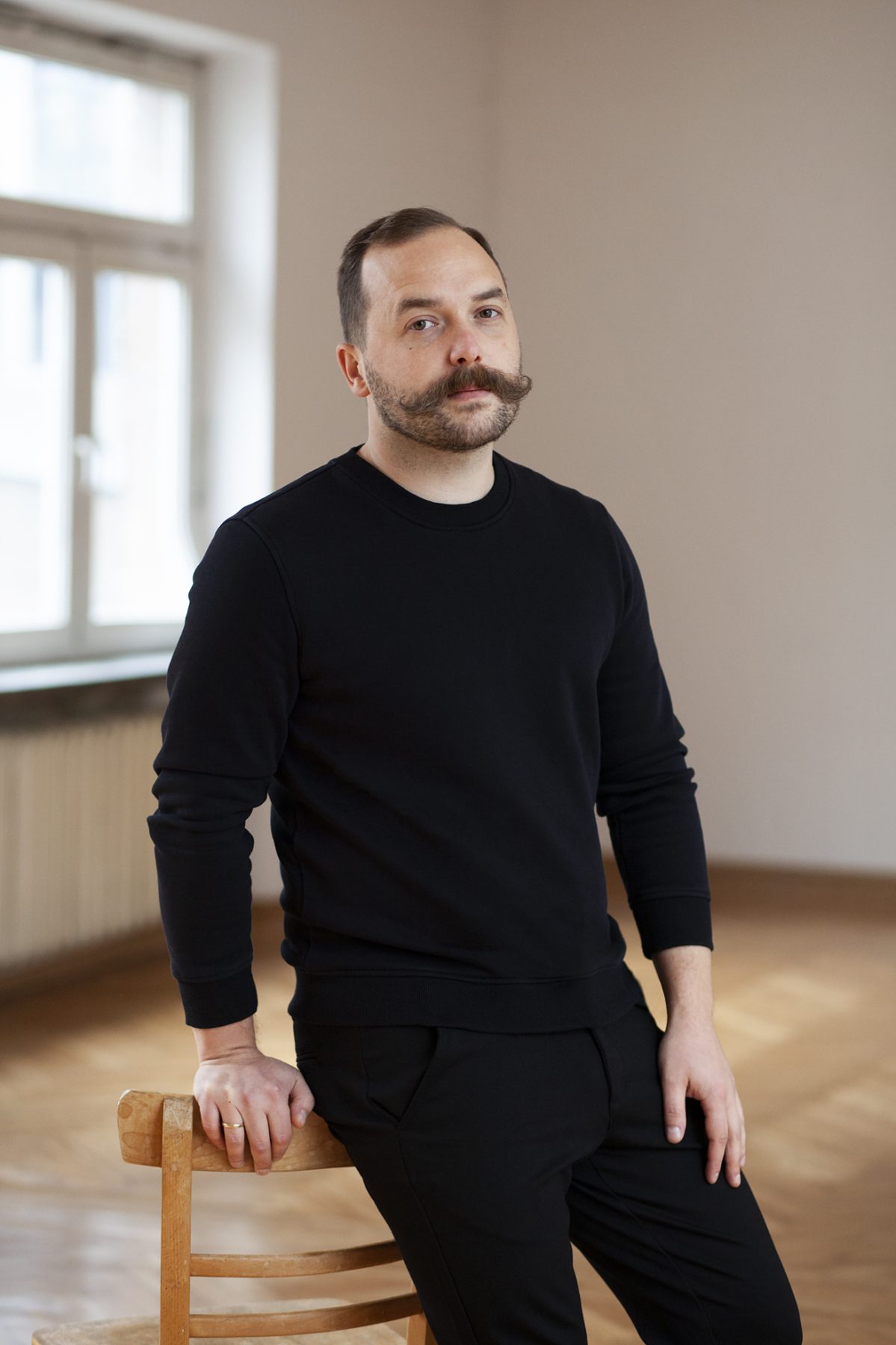
(b. 1990) ― a graduate from the Intermedia Faculty at the Academy of Fine Arts in Krakow, he defended his PhD in 2018, and works in the Intermedia Art Phenomena Institute at his alma mater. His artistic practice is based on work in the landscape ― these are most often simple, discreet gestures and interactions with nature. He makes art as he wanders through the forests, meadows and hills of Tuchów, where he lives. These are a backdrop for his actions and material for temporary installations, as well as a source of props for his performances. He is the winner of the 14th edition of the Hestia Artistc Journey Competition, the Grand Prix of the 5th Spring Salon at the BWA Gallery in Tarnów and the 10th edition of the Views competition at Zachęta ― National Gallery of Art. His works have been seen at the Museum of Modern Art in Warsaw, SALT Ulus in Ankara, BWA in Katowice, BWA in Tarnów, Bielska Gallery BWA, BWA Bydgoszcz Municipal Gallery, BWA Warsaw, ABC Gallery, Biała Gallery in Lublin, Baltic Contemporary Art Gallery, State Art Gallery in Sopot, El Gallery Art Centre in Elbląg, Contemporary Art Gallery in Opole, MOCAK Museum of Contemporary Art in Krakow, and at the Postartistic Congress in Sokołowsko.
Katarzyna Przezwańska
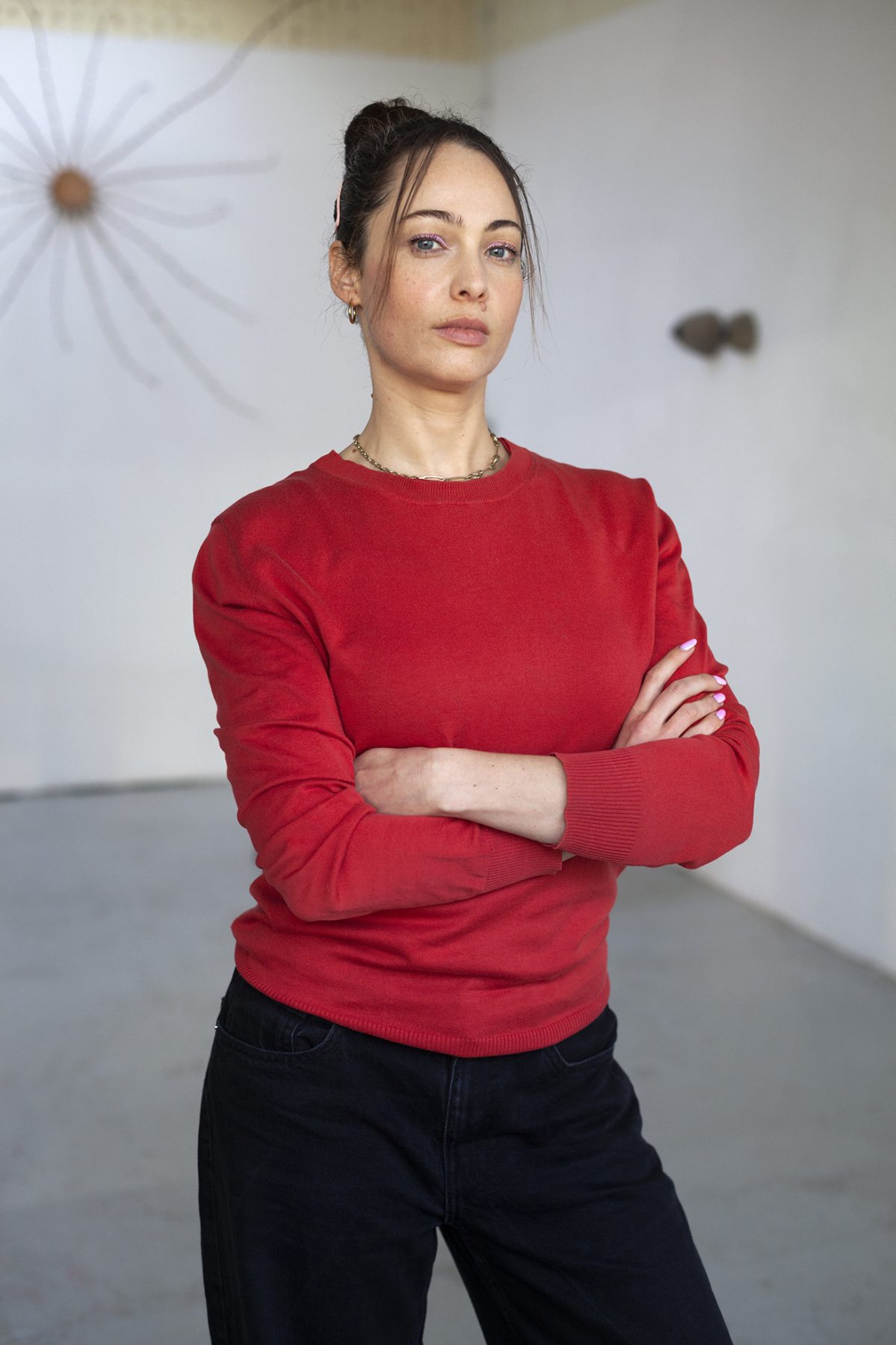
(b. 1984) ― a graduate of the Painting Faculty at the Academy of Fine Arts in Warsaw, she makes sculptures, architectural interventions, installations and pictures, in which she often uses natural materials, such as rocks, minerals and plants. Her works often pertain to nature and architecture, joining these two spheres in an effort to improve the quality of human life and make her art useful. She is inspired by both vernacular architecture and the twentieth-century classics, as well as geological phenomena and vegetative processes. Her designs include a playground in Lublin and a square for students on the grounds of the University of Warsaw, and contributions to a design for the state elementary school and preschool on Zaruby Street in Warsaw (with Maciej Siuda’s Studio). She has taken part in many art exhibitions in such institutions as the Ujazdowski Castle Centre for Contemporary Art, Museum of Modern Art in Warsaw, Zachęta ― National Gallery of Art, National Museum in Warsaw, Kunsthalle in Tallin, Museum Abteiberg in Mönchengladbach, and the Riga International Biennial of Contemporary Art. She lives and works in Warsaw.
Maciej Siuda
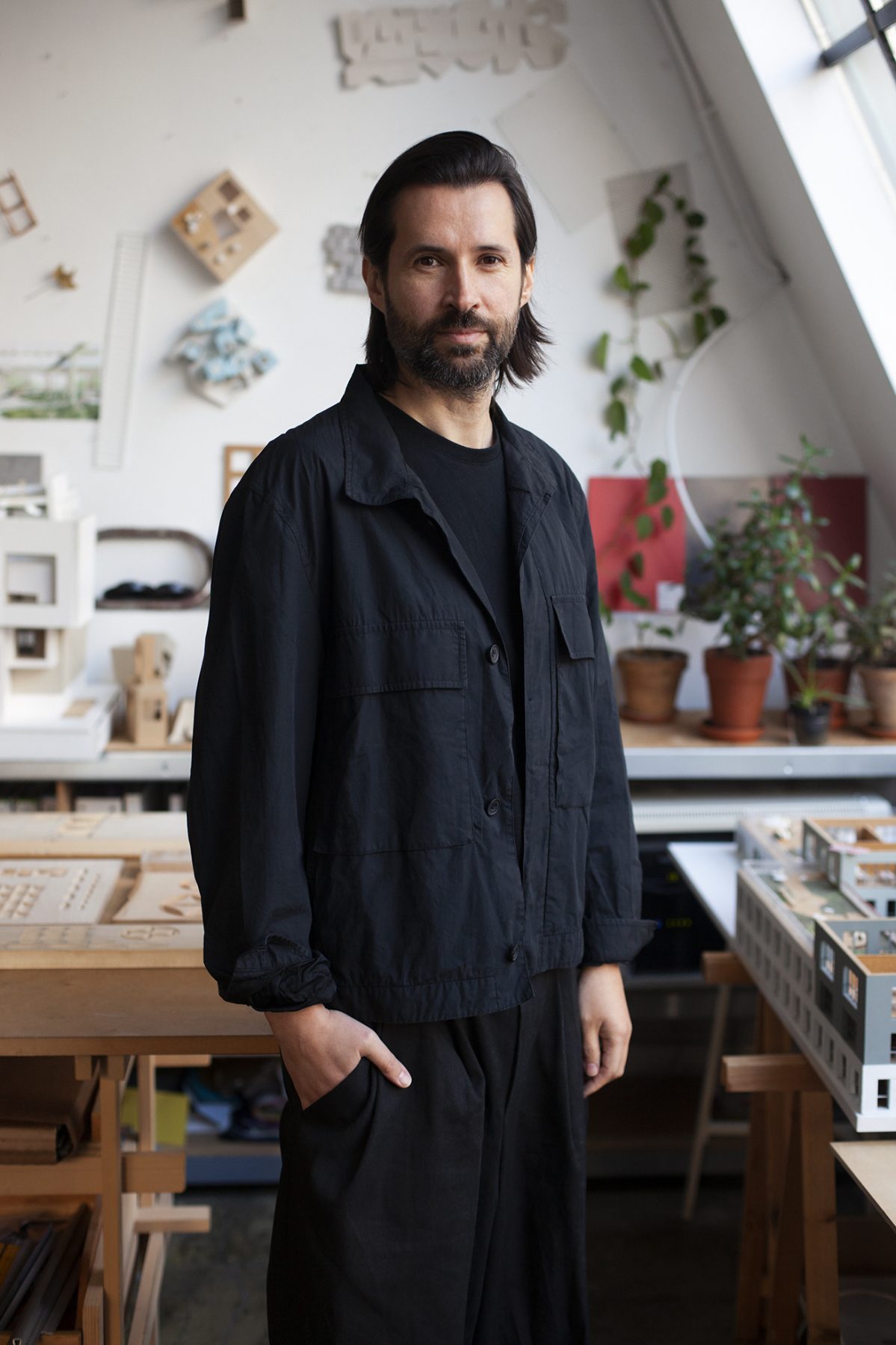
(b. 1983) ― an architect and designer who graduated from the Architecture and Urban Planning Faculty at the Wrocław University of Science and Technology, his work blends architecture, the humanities and art. He is interested in joining research and practice, experimentation, the potential of collaboration, work with the original and material tools of architecture (mock-ups, drawings, samples) juxtaposed with the immateriality of ideas, as well as shifts in scale. He creates objects, installations, exhibitions and structures. He was the co-creator of the MYCOsystem Polish Pavilion at the 22nd Triennale di Milano (2019) and the Devebere pavilion at Biennale Architettura 2012 in Venice, exploring air as a building material. He created the architecture for the Reconstruction Disputes exhibition at the 7th Warsaw under Construction festival (Grand Prix Architectural Award from the Mayor of Warsaw, 2015; Talking Buildings Down award from the Storefront for Art and Architecture institute in New York, 2016), as well as the wooden bas-relief for the Polish Table installation at the Expo in Dubai (2020) and the Basic Forms exhibition in Chiang Rai during the Art Biennial in Thailand (2024). His architectural projects include: an elementary school and preschool in Warsaw (main prize, Art in Architecture Festival, 2021), and as part of the Balon collective, a school in Jacmel, Haiti (Acknowledgement Holcim Awards in Columbia, 2014). He has designed exhibitions for the Museum of Modern Art in Warsaw, Zachęta ― National Gallery of Art, National Museum in Warsaw, Ujazdowski Castle Centre for Contemporary Art, Muzeum Sztuki in Łódź and Staatliche Kunstsammlungen Dresden. He is presently collaborating on an exhibition for London Design Biennale 2025.
ZACHĘTA ― NATIONAL GALLERY OF ART
Zachęta ― National Gallery of Art is one of the leading cultural institutions in Europe. Its mission is to popularise contemporary art as an important element of socio-cultural life. Zachęta organises temporary exhibition, presenting the most interesting phenomena of 20th and 21st century art. The gallery conducts educational activities addressed to children and young people, as well as to adult public. It also organises a series of accessible events, i.e. taking into account the diversity of recipients’ needs. It publishes books about art and gathers information on contemporary Polish artistic life. Zachęta has an impressive collection, which consists of over 3700 works in the field of painting, sculpture, installation, video, graphics and performance.
POLISH PAVILION
For the last 70 years the caretaker of the Polish Pavilion is Zachęta ― National Gallery of Art, the organiser of the exhibition during the 19. International Architecture Exhibition ― La Biennale di Venezia. Poland has been participating at Biennale Arte since 1932, and at the Biennale Architettura since 1991. The construction of the Polish Pavilion in Venice was financed in the 1930s by the Polish government, whose property it remains to this day. The Pavilion’s mission is focused on promotion of contemporary art, exchange of artistic ideas and drawing attention to problems of contemporary world.
Facts & Credits
Pavilion LARES AND PENATES – on building a sense of security in architecture | Polish Pavilion
Authors Aleksandra Kędziorek, Krzysztof Maniak, Katarzyna Przezwańska, Maciej SiudaPartnership
Polish Pavilion commissioner Agnieszka Pindera, director of Zachęta – National Gallery of Art
Polish Pavilion Office Anna Kowalska, Michał Kubiak (deputy commissioner)
Organizer Zachęta
Photography Jacopo Salvi, Milena Liebe
Poland’s participation in the 19th International Architecture Exhibition in Venice is financed by the Ministry of Culture and National Heritage of the Republic of Poland.
READ ALSO: A residential factory - Rinskopf in Ghent, Belgium | by Atelier Avondzon in collaboration with Macadam Atelier
